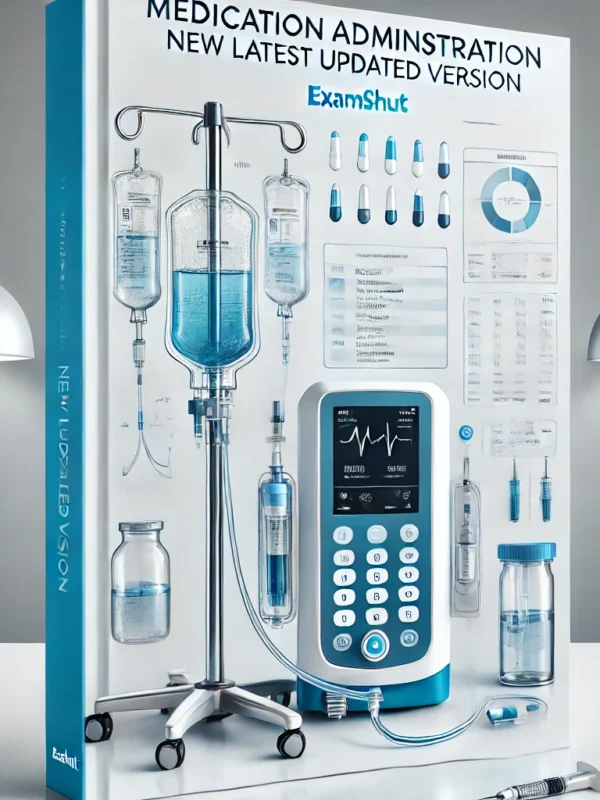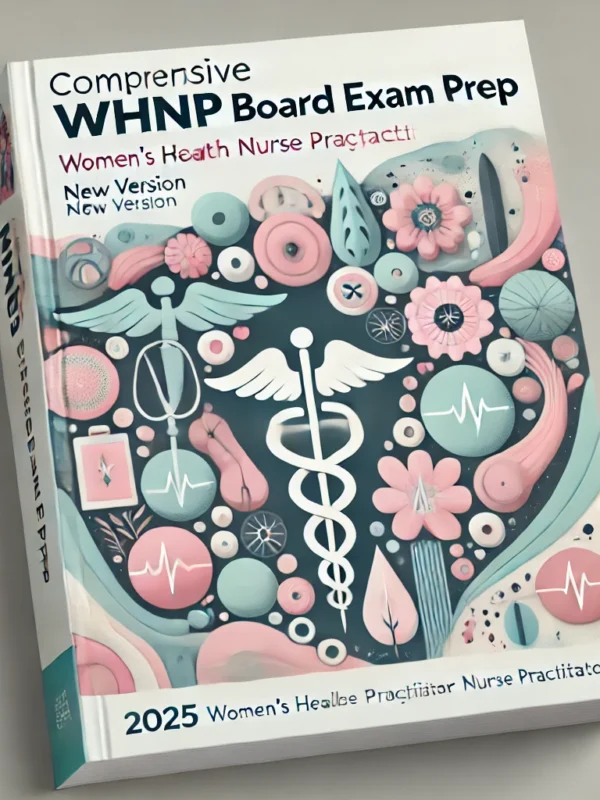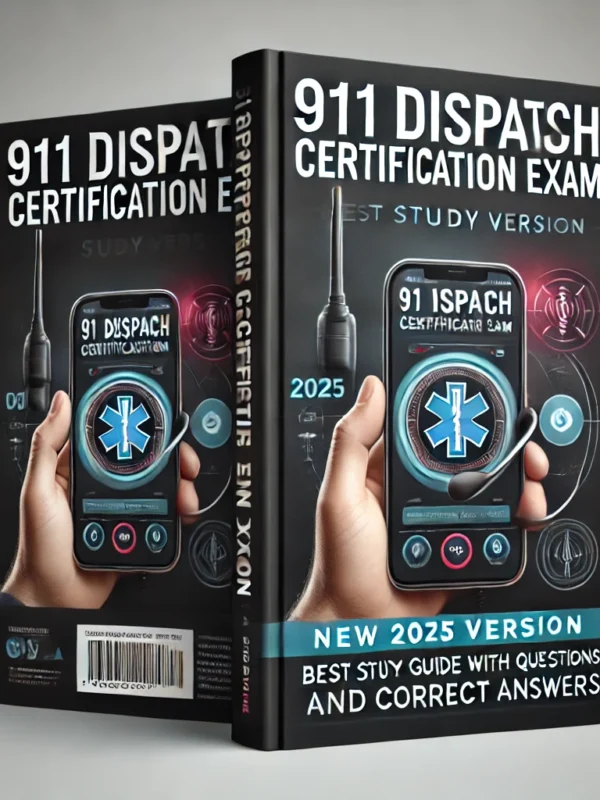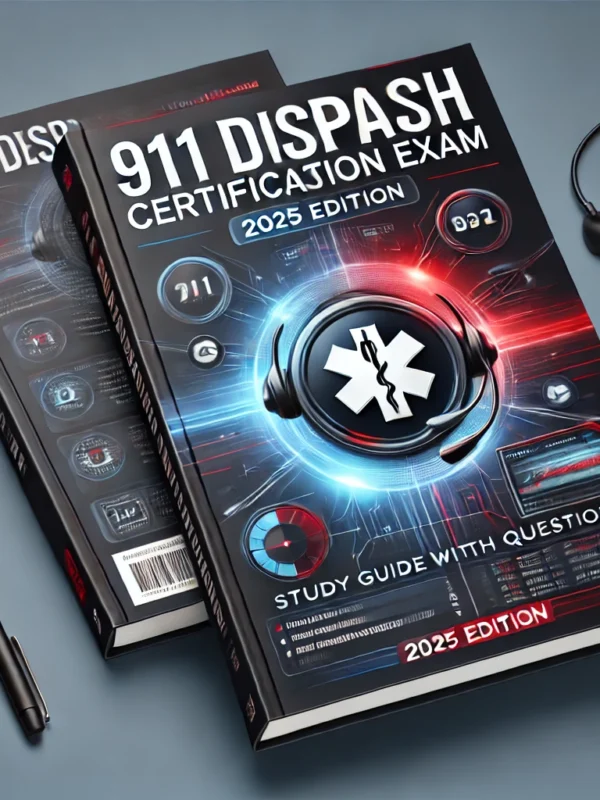Secure your Pediatric Advanced Life Support (PALS) certification with confidence using the PALS Final 2024-2025: Accurate Questions & Detailed Answers for Guaranteed Pass – Graded A, Latest Update. This meticulously curated study guide is tailored for healthcare professionals, including nurses, paramedics, and physicians, preparing for the PALS final exam in the 2024-2025 period. It features a comprehensive collection of accurate questions sourced directly from the PALS final exam, covering essential topics such as pediatric assessment, management of respiratory distress and failure, shock recognition and treatment, cardiac rhythm disturbances, and post-resuscitation care. The guide also includes in-depth coverage of PALS algorithms, such as those for bradycardia, tachycardia, pulseless electrical activity (PEA), and asystole, alongside pediatric pharmacology, intraosseous access, and effective team dynamics during resuscitation. Each question is accompanied by detailed answers and thorough rationales, providing clear explanations of clinical decision-making processes and ensuring you understand how to apply PALS protocols in real-world pediatric emergencies. The PALS final exam typically consists of 50 questions, including multiple-choice and scenario-based questions, and this resource mirrors that format to offer an authentic practice experience. Graded A by top-performing candidates and verified by PALS instructors, this study guide guarantees a passing score through a structured, focused approach to preparation. Updated for the 2024-2025 period, it aligns with the latest American Heart Association (AHA) guidelines, making it an essential tool for achieving PALS certification and enhancing your skills in pediatric emergency care.
Preview
1. Mikey, a 2-year-old boy, is sitting upright on a hospital bed in room 3 of your emergency
department. Your initial impression from the door does not raise immediate concern. On your
entry to the room, you are able to look at Mikey more closely and notice on inhalation his
nostrils are flaring. This is a sign of:
Ans: Respiratory distress
Explanation: Nostrils flaring is a sign of increased work of breathing and can indicate respiratory
distress. This is typically seen in conditions that cause difficulty with airflow, such as asthma,
bronchiolitis, or pneumonia.
2. The proper site for a peripheral pulse assessment in the infant patient is:
Ans: Brachial
Explanation: In infants, the brachial artery is the most reliable and easily accessible site for
assessing peripheral pulses, as it is more central and less likely to be affected by peripheral
circulation changes.
3. You are called to the scene of a 3-year-old patient who was found anxious, cyanotic and
lethargic after a fall down a flight of stairs. On assessing the patient, you find vital signs with a
respiratory rate of 30, regular pulse rate of 130, regular capillary refill time of 4 seconds, and a
blood pressure of 102/61. What kind of shock is the patient experiencing?
Ans: Compensated shock
Explanation: The child has signs of distress (cyanosis, lethargy) and abnormal vital signs
(increased heart rate, delayed capillary refill), but the blood pressure is still within a normal
range, indicating compensated shock. Compensated shock occurs when the body is able to
maintain blood pressure and perfusion despite circulatory dysfunction.
4. A mnemonic that aids in performing a primary assessment is:
Ans: ABCDE
Explanation: The ABCDE approach stands for Airway, Breathing, Circulation, Disability
(neurological assessment), and Exposure. It is used as a systematic method for assessing and
managing critically ill or injured patients.











Reviews
There are no reviews yet.